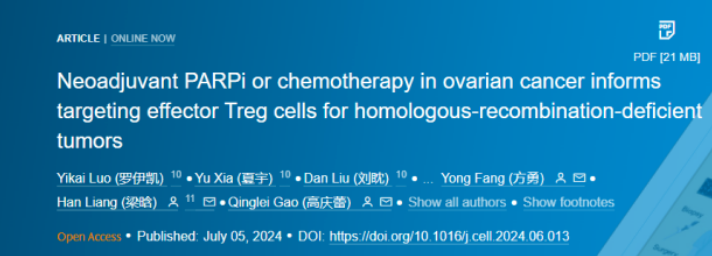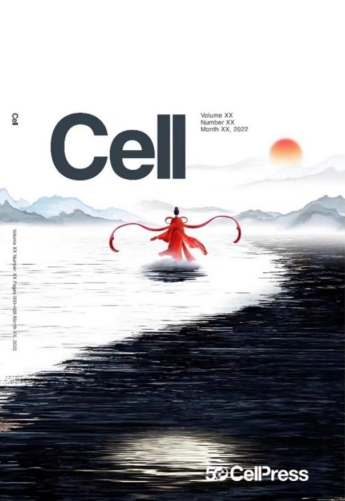Please click the button below to go to our email login page
|
Performing 800 Surgeries Annually and Finding Time to Publish A Paper in Cell?! How Does She Do It?Not only responsible for management of department, but also attending clinics four half-days a week and performing over 800 surgeries annually, she, amidst the hustle of clinical duties, also makes time for research, mentorship, and producing outcomes, continually innovating treatments for ovarian cancer...
Reportedly, Dr. Gao Qinglei from the Department of Gynecologic Oncology at Tongji Hospital, affiliated with Huazhong University of Science and Technology, recently successfully published a paper in Cell with her team, recording as the first publication in a top-tier journal in the hospital’s 124-year history.
Having Witnessed Life and Death, the “Heart of Compassion” Remains
“Patients are really pitiable, suffering from ovarian cancer means being plagued by illness for a lifetime.” Despite having witnessed much of life and death, Gao Qinglei still feels saddened by the incurable deaths of critically ill patients.
To make ovarian cancer treatment more precisely and effectively, Gao Qinglei focuses on PARP inhibitor, Niraparib.
The research found that immune-activated cells in high-grade serous ovarian cancer are ineffective due to the target eTreg, resulting in unsatisfactory immunotherapy outcome currently.
Accordingly, Gao Qinglei’s team selected hundreds of samples and conducted single-cell and multimodal analyses on 127 samples of high-grade serous ovarian cancer, ultimately finding CCR8 antibody drug that can scavenge eTreg cells and innovatively discovering treatment modality targeting HRD advanced tumor, in order to bring new hope to ovarian cancer patients.
The “China Speed” Racing Against the Disease
From 2022 when the research started to the paper published in Cell this year, they spent only two years to complete a massive sample analysis-a task that many people find difficult to accomplish even in four to five years.
Gao Qinglei concluded the experience into “three basic principles” of research: dedication to work, time seizing, and rapid correction.
The samples collected must be immediately preserved in a special manner and delivered to detection center within a few hours. The testing personnel must work seamlessly to complete all the testing, analysis, and other tasks within just over a dozen hours, making the entire process akin to a battle. Gao Qinglei acts as the “commander-in-chief” of these battles.
Not only a “clinical scientist” but also a “determined heroine”
In the current medical field, many top experts are proficient in both clinical practice and basic research, often switching between the roles of “clinical physician” and “basic researcher”. In response to this, Gao Qinglei stated that the purpose of clinical scientists conducting research is to address real-world challenges in clinical practice and to find more effective ways to treat diseases. Combining clinical and basic research is extremely important.
However, time management is of great importance in order to balance clinical work and basic research.
Gao Qinglei said, “first, one should be quick to talk, walk, eat and work, and second, do not return home earlier than 11 o'clock at night.” Therefore, students liken Gao Qinglei to a valiant and dashing female warrior—light and agile as a swallow, decisive and swift, wielding her sword across the world.
Even in the alternative cover image submitted by the graduate students for Cell, they chose one that incorporated traditional Chinese Tai Chi elements—the yang side represents HRD (Homologous Recombination Deficiency), and the yin side represents HRP (Homologous Recombination Proficiency).
Visually, the image depicts a female warrior with flowing red sleeves, emerging from a dark crowd of HRD figures, running across the lake surface towards the rising sun. |


